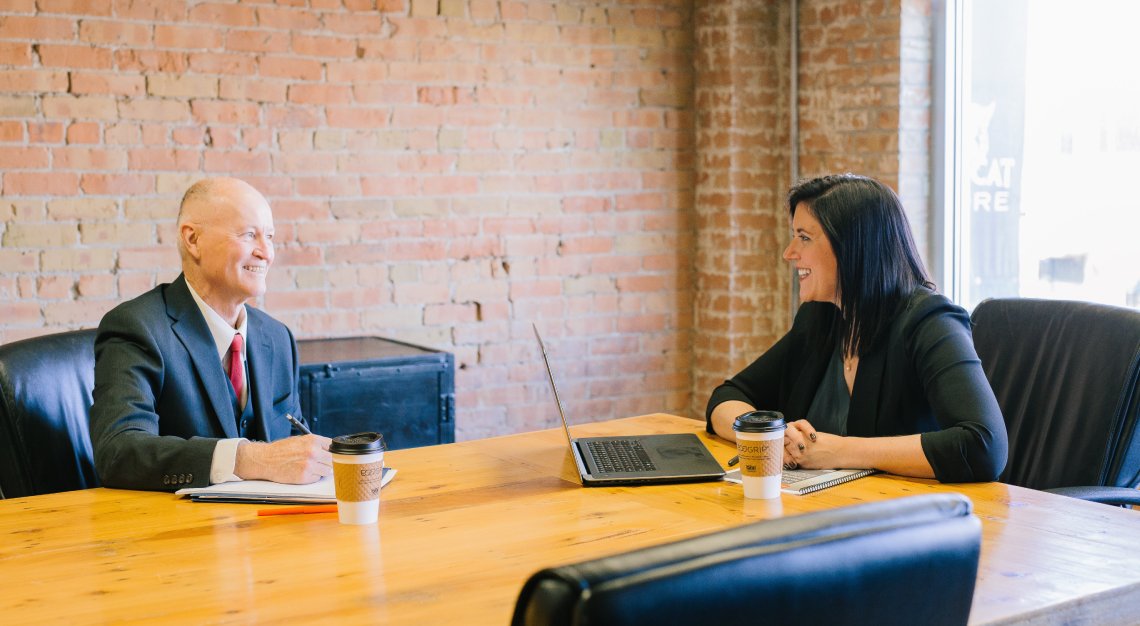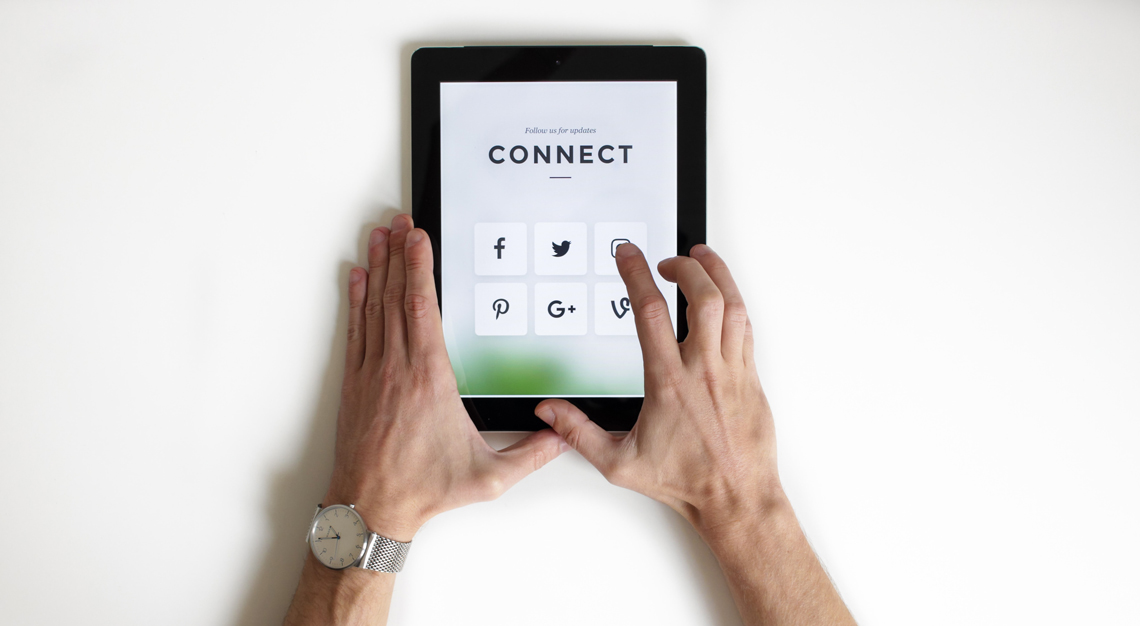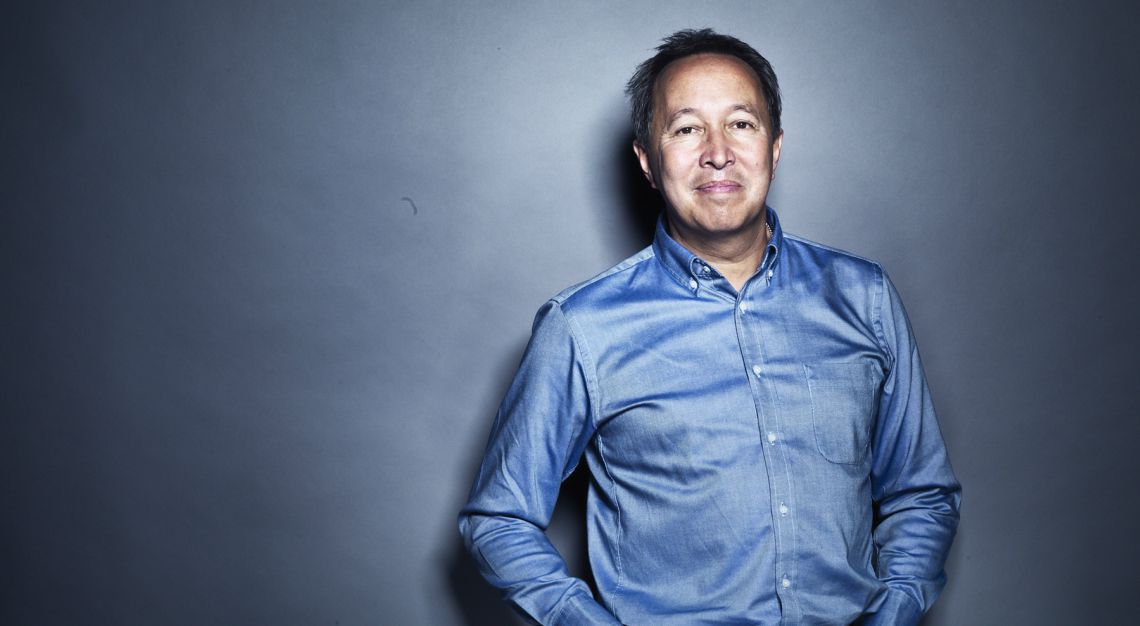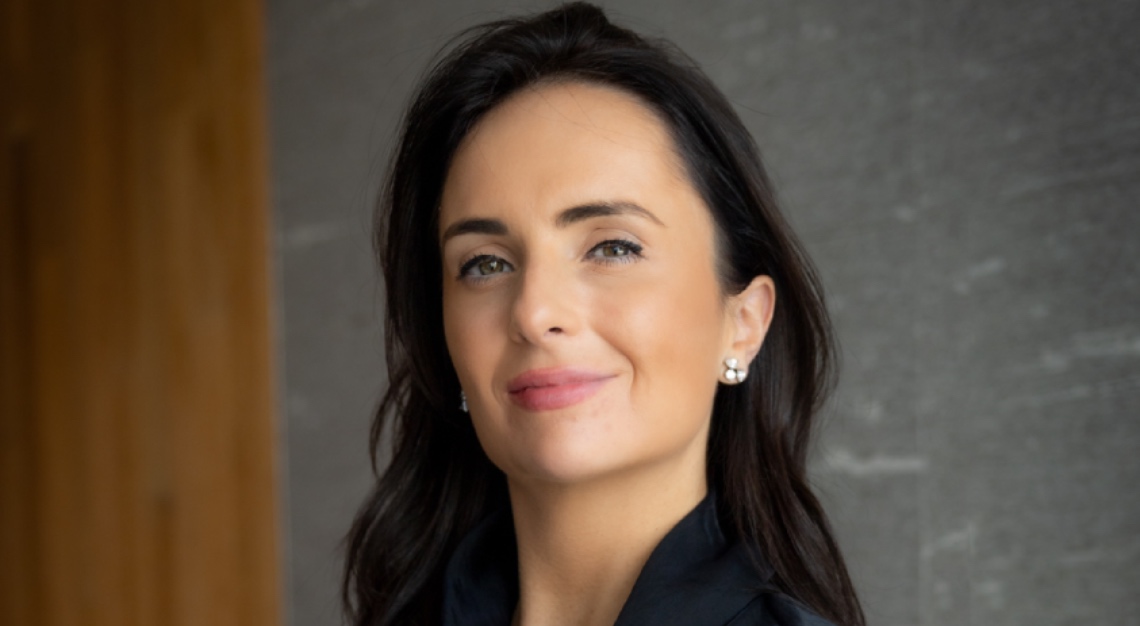Are precious metals a safe investment vehicle, in this current climate? David J Mitchell of Auctus Metal Portfolios and Indigo Precious Metals thinks so
As global economies are reeling from the effects of COVID-19, savvy investors are seeking alternative avenues to preserve and grow their wealth. The volatility and uncertain timeframe of the current situation is worrying, and ‘traditional’ investment vehicles are being questioned.
There is one man who believes, however, that the current economic downturn was years in the making. According to David J Mitchell of Indigo Precious Metals and Auctus Metal Portfolios, the COVID-19 pandemic was simply a triggering factor for this inevitable financial crash. As investors are now reevaluating their portfolios, he has done significant research and data analysis into precious metal investment.
A finance industry veteran with over 30 years of experience under his belt, Mitchell first saw the potential in precious metals back in 2003, and would go on to establish precious metal-trading platform Indigo Precious Metals in 2014. Four years later, he would set up a complementary portfolio-management company, Auctus Metal Portfolios.

“When I first started Indigo Precious Metals, I had quite a number of clients looking for professional advice with the intention of holding a diversification of their overall portfolios into precious metals,” he explains, “but had no real idea which metal in particular, and often didn’t recognise the enormous opportunities that some of the lesser known metals offered. They also didn’t understand that a correctly weighted physical metal portfolio could outperform, for example, the benchmark for gold.”
He would go on to partner with large bullion businesses to complement Indigo Precious Metals’ offerings, and thus present a holistic suite of services to precious metal investors. “Auctus’ business model manages clients’ ‘physical precious metal bullion’ portfolios and adjusts their percentage weightings across differing precious metals over time. Auctus Metal Portfolios deals exclusively with the following five precious metals: gold, silver, platinum, palladium and rhodium, according to our proprietary algorithms,” he says.
For many, however, the volatility of gold prices and the lack of information available about other metals are a deterrent to dipping their toes into this market. But Mitchell believes that precious metals are currently undervalued, and offer a long-term investment solution. We ask him all our burning questions about investing in precious metals.

You’ve been in the finance industry for over 30 years. When did you first notice the investment potential in precious metals, and what prompted you to start Indigo Precious Metals?
I first started investing in precious metals in 2003 to 2004 while working in the banks as a senior trader. This was borne from my deep research on the global macroeconomic picture, but in particular what Alan Greenspan as the USA FED chairman was doing with the incredible expansion in ‘money stock’ numbers via M1, M2 and in particular M3. This led me headlong into cycle research which further strengthened my strong technical knowledge base.
The policy reactions of global sovereign governments and central banks to the Global Financial Crisis of 2007 to 2009 dictated several well defined and forecastable economic cycles which has ultimately led us straight into the global debt crisis in which we now find ourselves.
Precious metals were and are going to have several major benefits in this particular cycle (2016 through till 2024). They are ultimately going to be revalued within an overall global monetary debasement. This is precisely what we are experiencing now.
Moreover, gold was going to be brought back into the financial monetary system as the ‘money’ of last resort and that currencies are simply going to be just that, a currency only. It is very interesting to note that gold was reclassified within the global banking system as a Tier-1 asset in 2019, making it the money of last resort.
I had a very clear understanding and road map of the overall growing debt crisis and what the cycles were going to look like. My clients and my own family money dictated our move back to Singapore to build out the companies in preparation for what was coming.
The price of precious metals has increased since the onset of COVID-19. What would that indicate for the long-term global economy?
Our analysis has been pointing to a deflationary collapse, asset price realities built on a foundation of sand and debt basically coming home to roost. We were analysing the markets trying to ascertain which of the myriad number of black swans on the horizon was going to be the individual trigger event.
Of course one could never predict that it was going to be COVID-19, which unfortunately is going to lead to the very worst predictions playing out, but it is important to understand that this is not the cause. Rather, it has been the trigger event of the cancer which is the global debt crisis.
The official response was an obvious reaction to this deflationary collapse, as it had very clearly been declared publicly over the last 18 months. Modern Monetary Theory (MMT) was going to be wholly instigated, bringing with it massive fiscal and monetary expansion, being the only levers the central banks have left to prevent the global economy from entering into a ‘black hole event’.
This is only the start of this cycle, and with the global macroeconomy fatally flawed, we are entering into an enormous re-balancing event and the dreaded scenario of stagflation (the seemingly contradictory condition described by slow economic growth and relatively high unemployment, or economic stagnation, which is at the same time accompanied by inflation or rising prices) looms ahead of us.

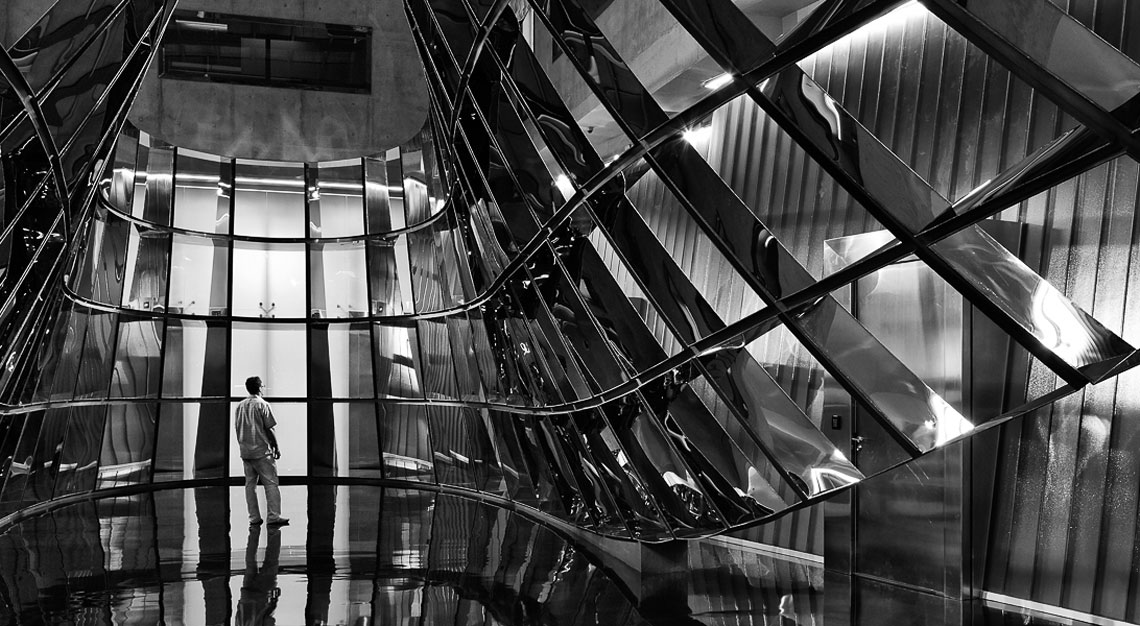
Given that the prices are at a high, why are precious metals still considered a worthwhile investment?
Actually precious metals are currently extremely undervalued. Let us first take a look at gold. Gold is money on the global monetary stage. It is the money of last resort as confirmed by the USA Federal Reserve and the Bank for International Settlements (BIS). As gold is real money, then measuring it against currencies in circulation and monetary base is the only true way of ascertaining its value in currency terms. Using this metric, it can easily be proved that gold is in fact cheaper today than it was in 1971 or 2001. This is precisely why you’re seeing the likes of Bank of America forecasting that gold is going to trade towards US$3,000 (S$4,257) per ounce within the next 18 months.
When we look at silver and platinum for example, they have recently been pigeon-holed into the industrial metal bracket, and hence their prices have fallen hard with this enormous industrial slowdown or more accurately stoppage globally. But now the investment revaluation thesis behind them is truly spectacular when we look at their cost of production and supply-demand curves. Likewise, as standout precious metals, the investment community are going to turn to them as key wealth preservation assets.
Based on the exhaustive points of analysis and the scale of the data that our proprietary algorithms process, I am strongly of the opinion that in the years ahead we are going to see a substantial revaluation in the price of precious metals.
Apart from gold and silver, what are some other precious metals worth investing in? And where do they stand in terms of value, as compared to the traditional precious metals?
Platinum is presently demonstrating a fantastic investment story. This investment precious metal is signalling an enormous opportunity for an outsized revaluation return based on many different factors coming together over both the immediate horizon as well as over the next few years.
Rhodium has further fuel in its tank and I would not be surprised to see it rise north of US$20,000 (S$28,379) per ounce in the next few years (from just over US$6,000 (S$8,514) per ounce currently).
Palladium is at the end of its cyclical revaluation. Catalytic converters have been an integral component of automobiles for many years and use a combination of platinum group metals to facilitate a reduction in the level of hydrocarbons and nitrogen oxides (NOx) emitted in exhausts. The re-weighting of catalytic converters into platinum is going to cause a big event on the supply-demand picture for palladium with corresponding negative price connotations. The opposite is true for platinum.
There are manifold opportunities in the rare-earth metals, but each one has its own unique story and investment case.
How is the uncertainty of our current situation affecting the price / value of precious metals, and how can investors ensure that they’re buying at the right time, right price?
You are correct in regards to the current price volatility. As COVID-19 dissipates or when a vaccine is found and everyone goes back to work alongside the massive amounts of monetary and fiscal expansion (i.e. government expenditure); you will see a resultant surge in GDP growth off the back of the extreme lows. This will drive the industrial price aspect of the precious metals and hence I believe platinum and silver (silver to a slightly lesser extent) will see an outsized gain in price from here.
Moving forward in the months and years ahead I think one has to understand that a global monetary rebalancing event is occurring and a monetary debasement will be effected in order to alleviate ourselves from the stranglehold of the global debt crisis. This is very much written in stone and will unequivocally lead to a substantial rise in precious metal prices.
There are mini cycles within the major cycles and clients can always ask us for a more in-depth analysis for the best investment timing.
Historically speaking, November through December is traditionally a negative price period for precious metals that is followed immediately thereafter by a sharp price rise in the first quarter.
When would be a good time to sell precious metals?
My first major cycle time frame that is resonating very positively from a number of different angles is 2024. At that time, you would want to weigh-up the macroeconomic picture together with the fiscal irresponsibilities of global sovereign governments and then determine a revised portfolio weighting in precious metals. We have further important cyclical time frames further out in both 2026 and 2032
One has to keep in mind that other dynamics will also be impacting these precious metal prices, in particular industrial demand versus overall mine supply and recycling.
We’re on the precipice of another Great Depression. In your expert opinion, how can investors secure themselves today to prepare for the next few years?
Take stock that we are in a global economic paradigm shift and hence a fundamental change in everyone’s historical approach to investments and the underlying assumptions therefore is needed.
Yield plays are out of the window, the headlong focus of hunting down the risk curve in search for coupon rates is over. Investors will only compound their risk profile and I expect vast losses will appear even when simply looking for a small yield.
Moving forward investors will have to think very seriously about the makeup of their portfolios in property, debt instruments (corporate and sovereign bonds), equity holdings in the stock markets and importantly also, the cash currency being held in the banks.
A recent client of ours told me that they held a great deal of their wealth in cash as they were extremely conservative. I told them they were not being conservative at all as they had considerable FX exposure with currencies being actively debased and the fact that “bail-in” policy is now written into law; meaning they also have to consider the balance sheet viability of the banking institution itself.
Wealth preservation is undoubtedly the order of the day moving forward and the liquidity of such assets is also of paramount importance.


